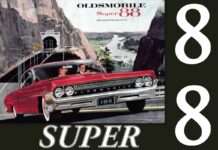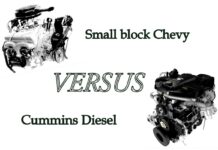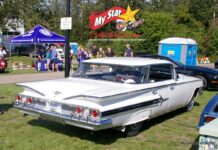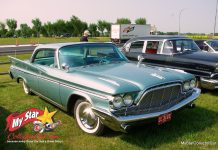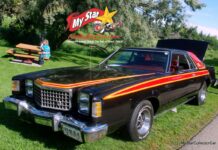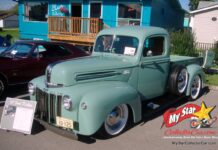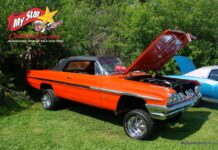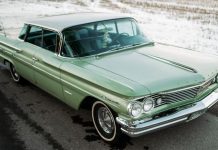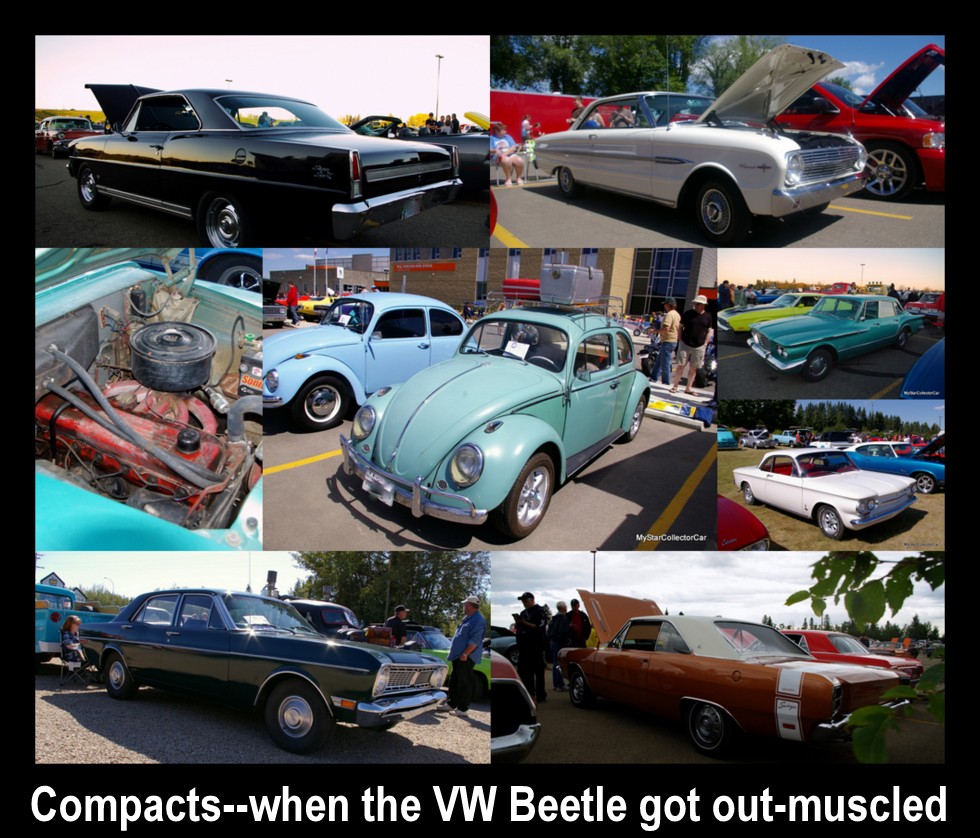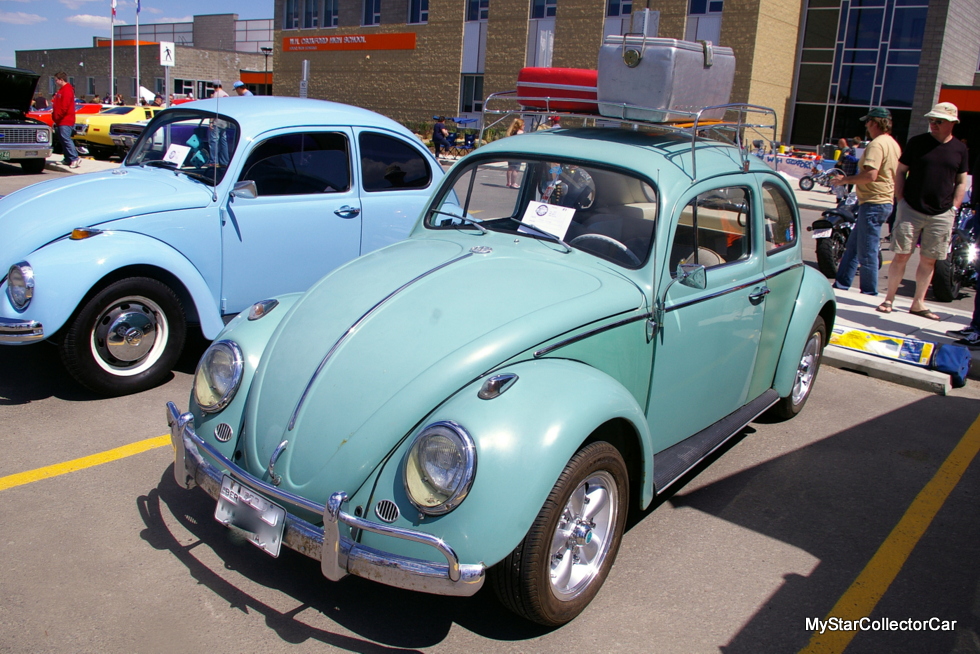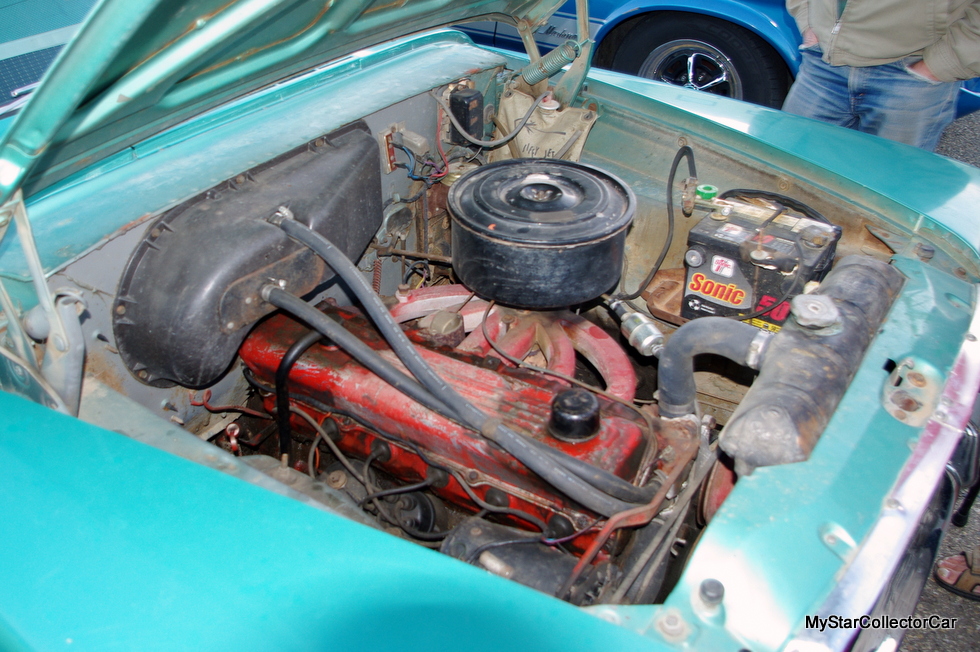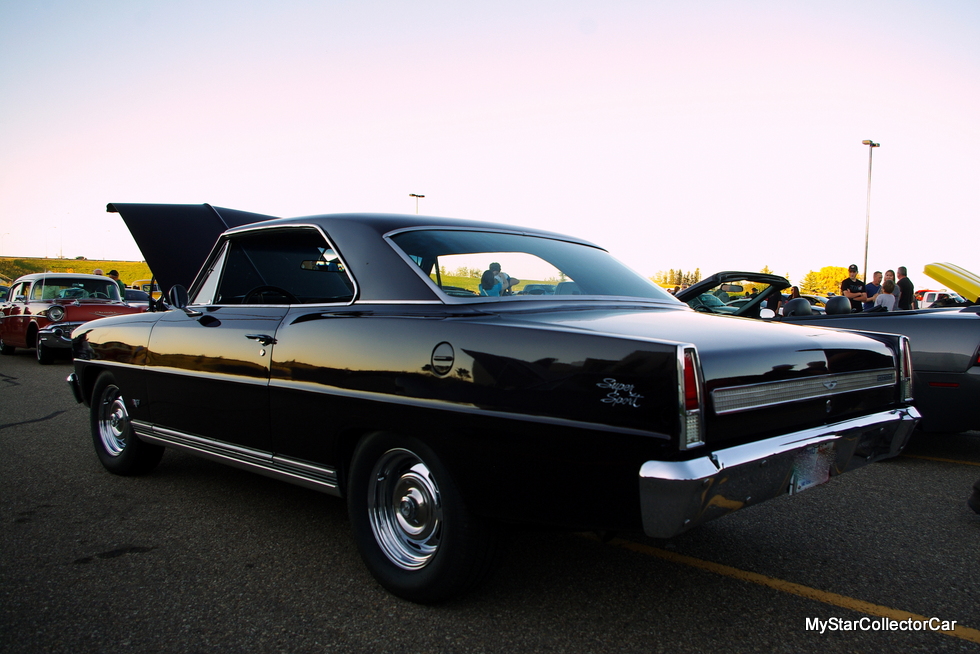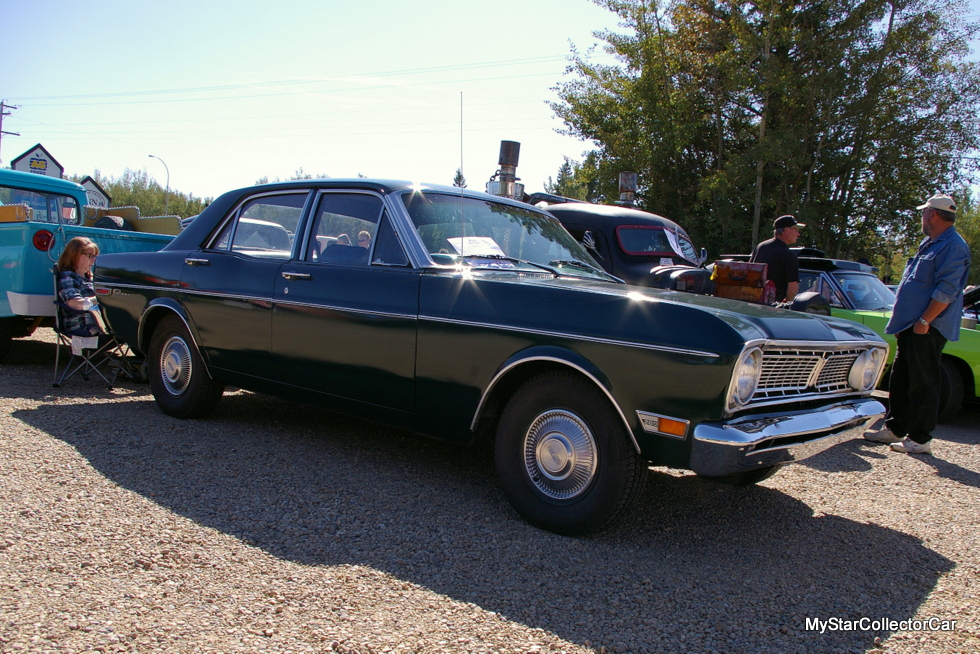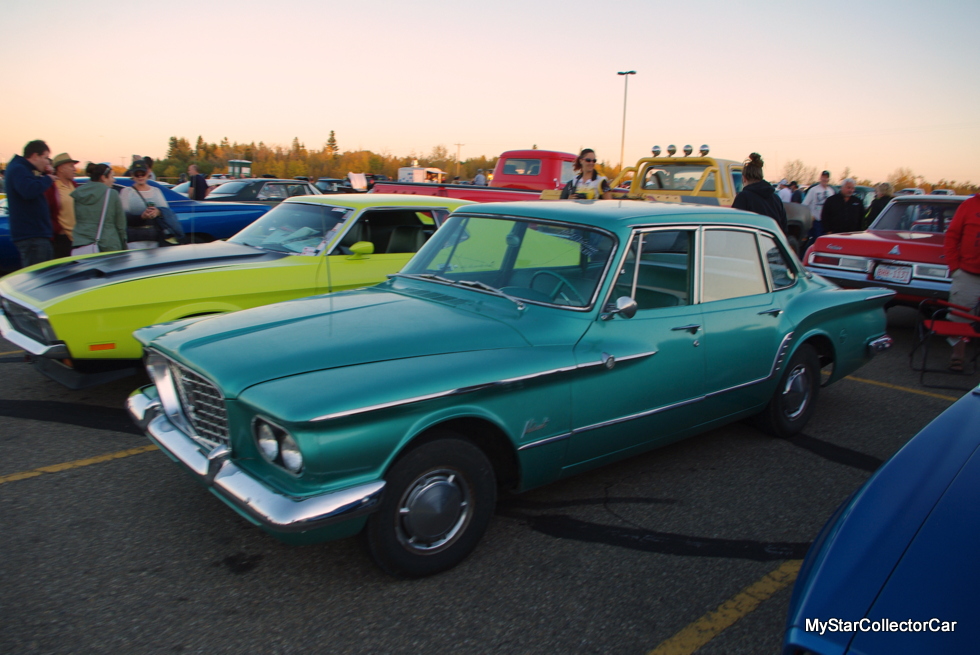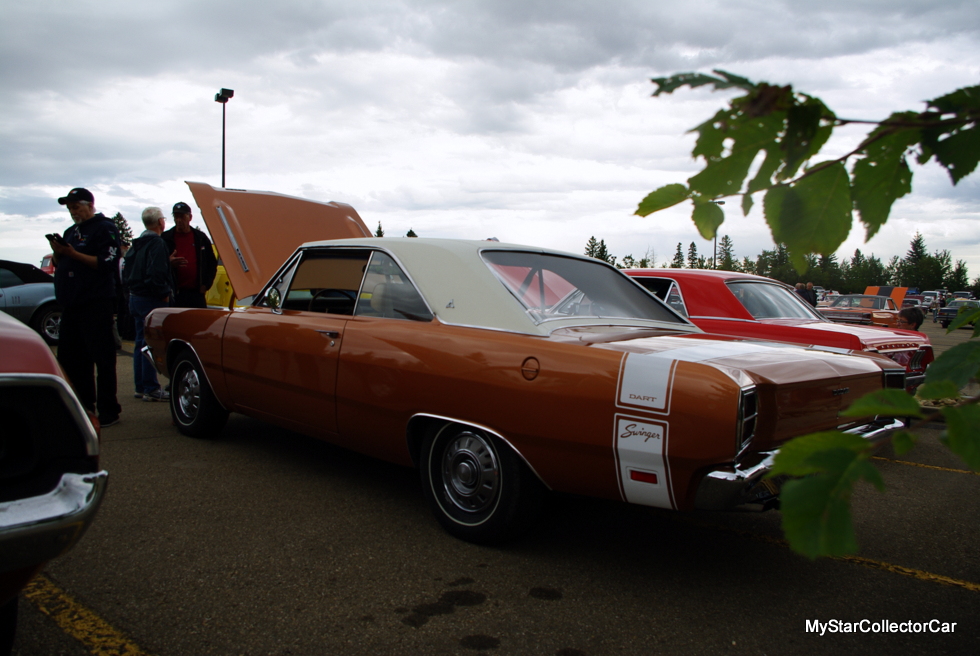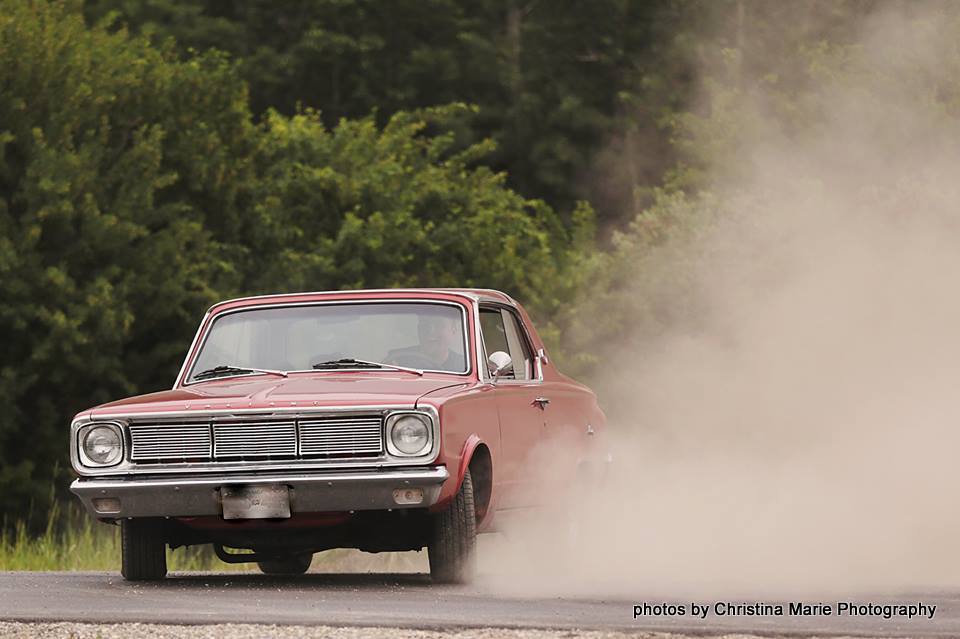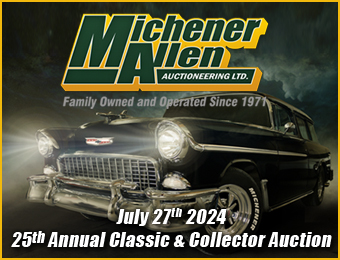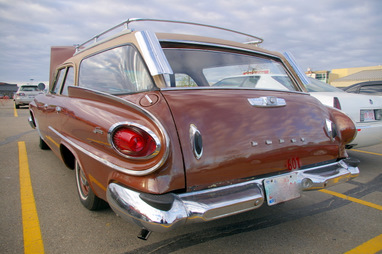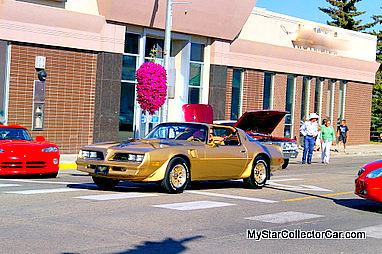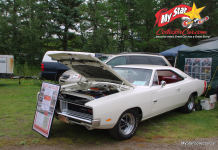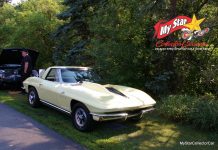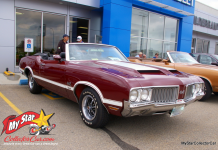The compact car was built in North America to fend off Germany’s VW Beetle invasion- an event that took place long before the British Beatles’ invasion.
The smaller versions of Detroit’s finest were initially produced in the early Sixties, but some of these cars were cold-blooded street thugs by the end of that tumultuous decade.
The idea of a small car with a monster under the hood was not on the table in 1960 when GM, Chrysler and Ford made a big move on the iconic VW Beetle. The dawn of a new decade with the debut of the compact meant the Chevy Corvair, Chrysler Valiant and Ford Falcon came with only four or six cylinder Big Three options.
Sure these Big Three compact cars could kick the liver out of the anemic VW Beetles in 1960, but the bar was set pretty low for the top end in a Bug. The truth is an aging, lame horse would leave a stock Beetle in its dust when the first Detroit compacts hit the street in ’60.
The real test for the then-new compacts was a street encounter with any V-8-equipped Big Three car. The bigger engines were offered to 60s-era buyers who chose intermediate or full-sized cars, but even stock versions of the bigger car could annihilate the compacts in a race because of the horsepower difference offered by a V-8.
There is an old adage that states “there is no replacement for displacement” because of the horsepower/torque found in a V-8–and nowhere was this truth more evident than in a compact car with a mild-mannered non-8 cylinder engine under the hood.
The compact needed a brand new bad attitude and eventually Detroit squeezed a small block V-8 option under the hoods of their compacts. GM introduced the Chevy II in 1962 and the little compact eventually got a new name (Nova) and a factory monster 396 V-8 option to run with the big dogs.
The same muscled-up compact car philosophy also eventually prevailed at Ford and Chrysler when they offered more than a mild-mannered factory six under their hoods. Ford offered a limited edition small block 289 V-8 for their 1963 ½ models and got even more serious about horsepower in their compacts as the 1960s moved toward a conclusion.
The compact version of the Ford Falcon peaked as a 302 V-8 model because the Falcon was not built to handle a bigger engine under the hood. However, the result was a lightweight compact car that was also a solid combatant on the street.
Chrysler’s Valiant eventually ran under the Plymouth banner where it (and the Dodge Dart) underwent a massive change in attitude with the introduction of the small block V-8 option in the mid-60s.
The Dodge Dart began to flex its V-8 muscles in the late 60s and the Dart in its 340 version is still considered to a Sixties street legend because of its solid blend of horsepower and size.
The Big Three compacts may have started the 1960s as Beetle killers and practical choices for a second car in suburbia, but they became angrier and badder over the next 10 years.
The reason was pretty simple: the muscle car wars were in full swing by the late Sixties-and nobody took prisoners in that street battle.
BY: Jim Sutherland
Jim Sutherland is a veteran automotive writer whose work has been published by many major print and online publications. The list includes Calgary Herald, The Truth About Cars, Red Deer Advocate, RPM Magazine, Edmonton Journal, Montreal Gazette, Windsor Star, Vancouver Province, and Post Media Wheels Section.
- CLICK HERE to Like us on Facebook
- CLICK HERE to Follow us on Twitter
- CLICK HERE to Follow us on Pinterest






